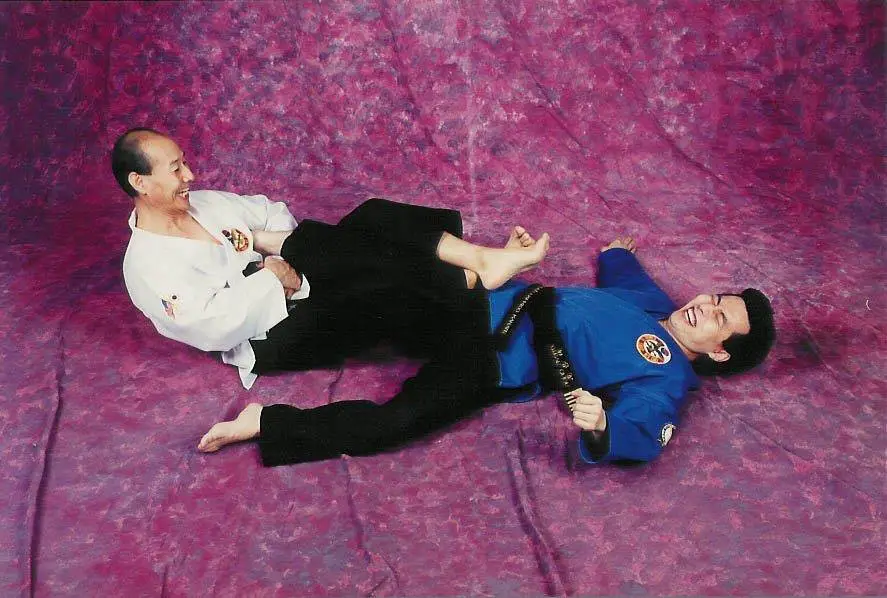Comparing HapKiDo to Yoga for Fitness: Finding Your Path to Wellness
Welcome to our next installment in the series comparing HapKiDo to other disciplines. Today, we’re exploring how HapKiDo compares to Yoga for fitness and wellbeing. While both practices offer significant benefits for physical health and mental well-being, they do so in very different ways. Whether you’re looking to enhance your fitness, increase flexibility, or find […]
Comparing HapKiDo to Boxing: A Comprehensive Look at Two Dynamic Martial Arts
Welcome to our ongoing series where we compare HapKiDo to other popular martial arts. In this post, we’ll dive into the world of Boxing and examine how it stacks up against HapKiDo. Whether you’re looking for a martial art for fitness, self-defense, or personal development, understanding the key differences between HapKiDo and Boxing can help […]
HapKiDo vs. Wing Chun Kung Fu: Comparing Techniques, Philosophies, and Training Methods
Welcome to our ongoing series where we compare HapKiDo with other popular martial arts! In this post, we will explore the unique characteristics of HapKiDo and Wing Chun Kung Fu. Both martial arts offer distinct techniques, philosophies, and training methods. Whether you’re seeking effective self-defense skills or a new martial arts journey, understanding these differences […]
Exploring the Distinctions Between HapKiDo and Aikido
Aikido vs. HapKiDo, how are the different and what do they have in common? Welcome to the next installment of our comparison series, where we delve into the unique characteristics of HapKiDo and how it contrasts with other martial arts. In this post, we’ll be unraveling the differences between HapKiDo and Aikido. Whether you’re a […]
Exploring the Contrasts Between HapKiDo and Krav Maga
Welcome to the next installment of our comparison series! In this series we delve into the unique characteristics of HapKiDo and how it compares to other martial arts. In this post, we’ll be examining the differences between HapKiDo and Krav Maga. Whether you’re considering self-defense training for personal safety or seeking to enhance your martial […]
Exploring the Differences Between HapKiDo and Brazilian Jiu-Jitsu (BJJ)

Introduction: Welcome to the next part of our comparison series! Here we explore the unique characteristics of HapKiDo and how it compares to other martial arts. In this post, we’ll delve into the comparison between HapKiDo and Brazilian Jiu-Jitsu (BJJ). Whether you’re interested in self-defense, grappling techniques, or a well-rounded martial arts experience, this comparison […]
Understanding the Differences Between HapKiDo and Taekwondo
Welcome to the second installment of our series comparing HapKiDo to other martial arts! In this post, we’ll take a closer look at the distinct characteristics of HapKiDo and how it differs from the popular Korean martial art of Taekwondo. Whether you’re a parent seeking the right martial arts classes for your child or an […]
Discovering HapKiDo: How it Differs from Traditional Karate

Welcome to the first installment of our series comparing HapKiDo to other martial arts! At Choe’s HapKiDo, we’re passionate about helping individuals of all ages discover the transformative power of martial arts training. In this post, we’ll take a closer look at the ancient Korean martial art of HapKiDo and explore how it distinguishes itself […]
